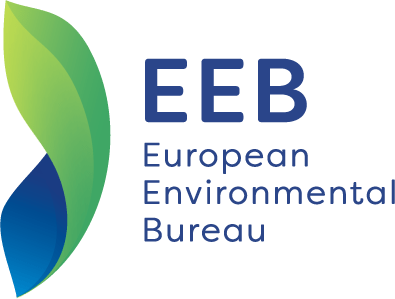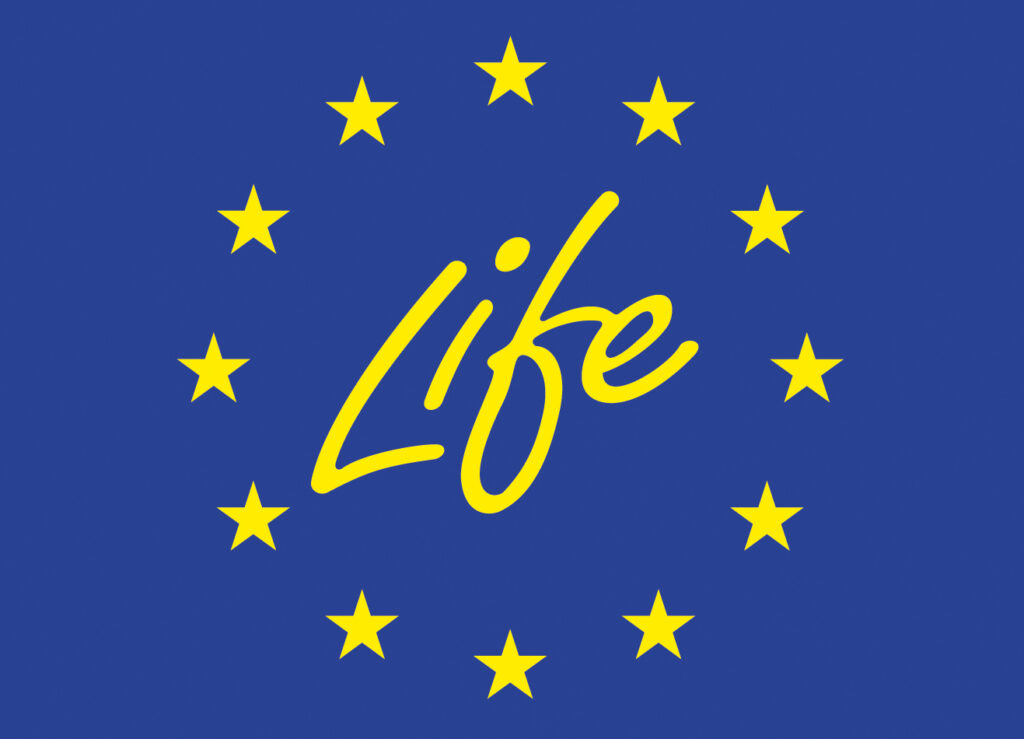Finance Sustainable Buildings
Servitisation: Building (Parts) as a service
Circularity
Long term
With a servitisation model, the customer pays a fixed fee per unit of service consumed, while the ownership of the system remains with the technology provider, who remains responsible for all repair and maintenance costs. As such, the model strongly incentivises the equipment owner – that is, the service provider – to think long-term when designing and selecting the technology. By offering state-of-the-art maintenance, the provider can minimise operating costs, in particular energy use, which is the largest cost component over the life cycle of the equipment. Keeping ownership of the equipment also encourages service providers to rethink the development of modular systems, which is key to a circular economy.
In a building, the outer shell (wall and roof), the structure, the services (pipes, wires, energy and heating systems), the internal lining (walls and floors) and the rest of the added things such as furniture, lighting, elevators etc. could be gradually servitised. While achieving this with the entire building might be challenging, the servitisation could be achieved in phases.

Socioeconomic impacts
Although energy-efficient technologies are available and their economic benefits are clear, there are several barriers that prevent these from being deployed, including high up-front costs, lack of user confidence on product quality, and other investment priorities. The servitisation business model lowers these barriers. It represents an effective way to accelerate the investments in energy efficiency needed to meet the Paris Agreement goals.
Barriers to implementation: educating customers on the values of servitisation; having the right skills, people and technology on the ground to implement servisitation; gaining customers’ trust in the contract; diversifying risk; and finding the right financial partners with appealing commercial debt to help accelerate the upscaling of the service model.
Related to
Circular economy. The servitisation model is key to the systemic efficiency approach to attain global energy decarbonization. The deployment of energy efficient and state-of-the-art assets at scale stimulated by this pay-per-use model strengthens the existing synergies with renewable solutions and enables their accelerated deployment: peak demand on the electrical grid is curbed by lower demand from more efficient equipment, while the latter increases the feasibility of switching to renewables in comparison to fossil-fuel sources of energy.
Study Case: Servitisation: Building (Parts) as a service
Energy as a service
The first example is SunEdison, which has pioneered power purchase agreements (PPAs) for solar photovoltaics (PVs). This enables rapid uptake of solar PVs by allowing customers to purchase solar energy instead of investing in the panels themselves.
The second example is the case of Cooling as a Service, or CaaS. BASE – Basel Agency for Sustainable Energy, a Swiss non-profit foundation and a specialised partner of the United Nations Environment Program, launched the CaaS Initiative in collaboration with the Kigali Cooling Efficiency Program (K-CEP) in 2018. The initiative aims to mainstream the pay-per-use model around the world to accelerate market adoption of sustainable cooling solutions. In 2019, the model was endorsed by the Global Innovation Lab for Climate Finance as one of the most innovative tools for climate finance.
Through CaaS, the cooling industry is on the brink of a revolution that will help achieve global climate targets and sustainable economic growth. CaaS enables customers to leap-frog to the best solutions available in their markets. It can be applied to a wide spectrum of sectors from the manufacturing industry, real estate, hospitality and healthcare to the cold-chains necessary for food and health.
In fact, its application has already demonstrated the significant benefits of the model. In Nigeria, the implementation of CaaS in solar off-grid refrigeration for the agriculture sector is providing cooling services to local farmers, yielding a 50% reduction in food waste, increased revenues and saving 460 tonnes of CO2 per year by removing the need for diesel generators and environmentally unhelathy refrigerants typically used in the region. Meanwhile, in India, CaaS enabled a large real estate complex to access state-of-the art cooling services while reducing their energy consumption by more than 30% without paying upfront investments.
Today, around the world, CaaS is saving more than 68 GWh of electricity and saving 36,000 tonnes of CO2 emissions annually – equivalent to more than 50,000 return flights from London to New York. This equates to more than 500,000 tonnes of CO2 equivalent over the 15-year contractual lifetime of these projects. Interest in the model has been growing significantly, and the CaaS Alliance – a group of organizations committed to pursuing the implementation and mainstreaming of the CaaS model worldwide – has today over 50 members, including major technology providers.



